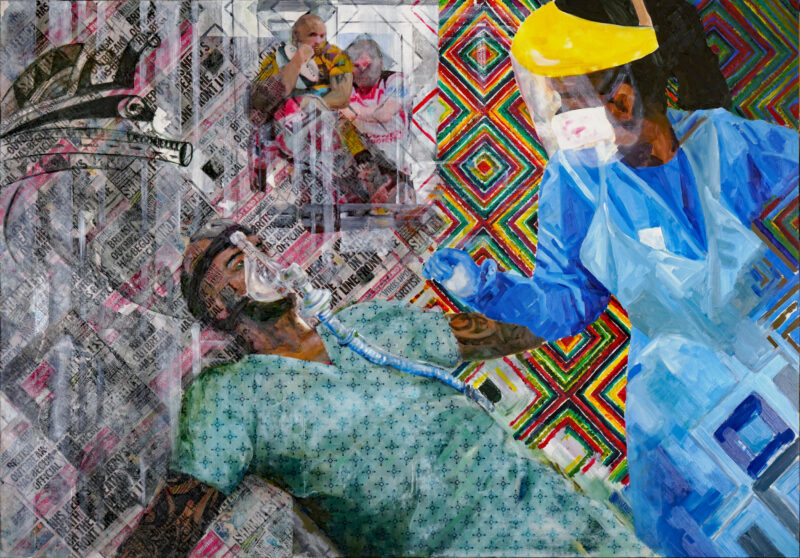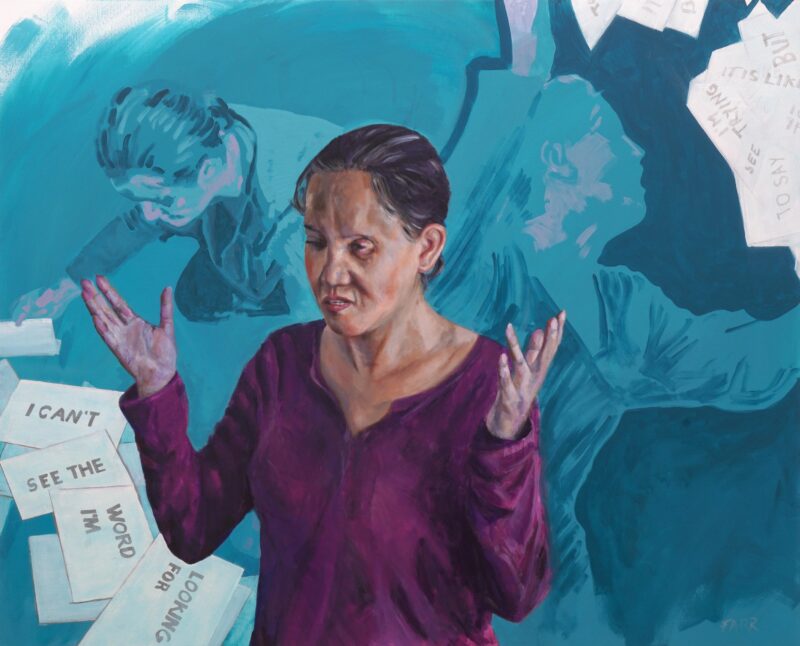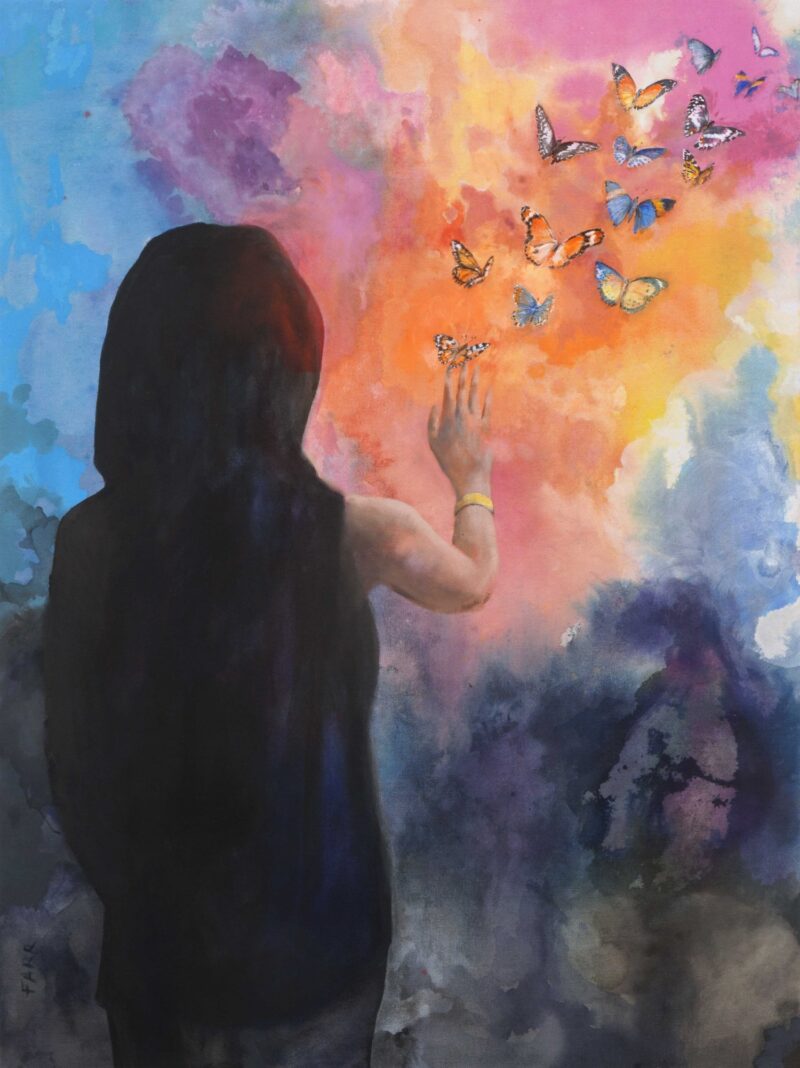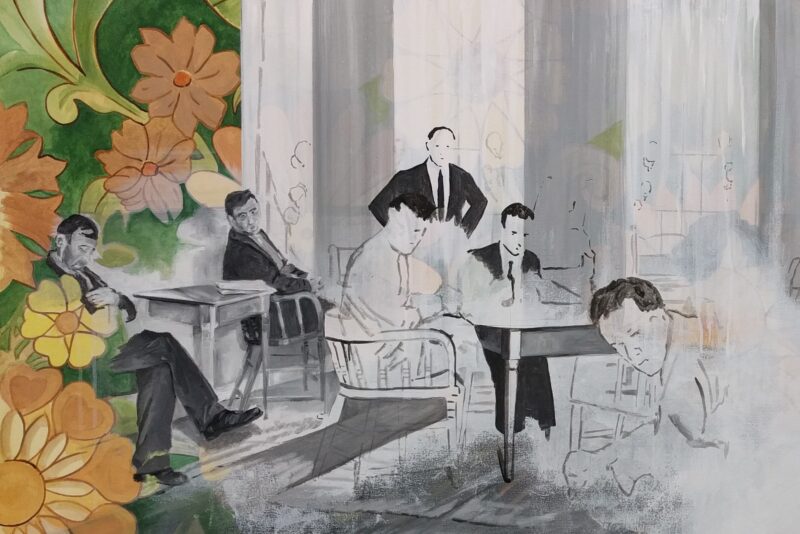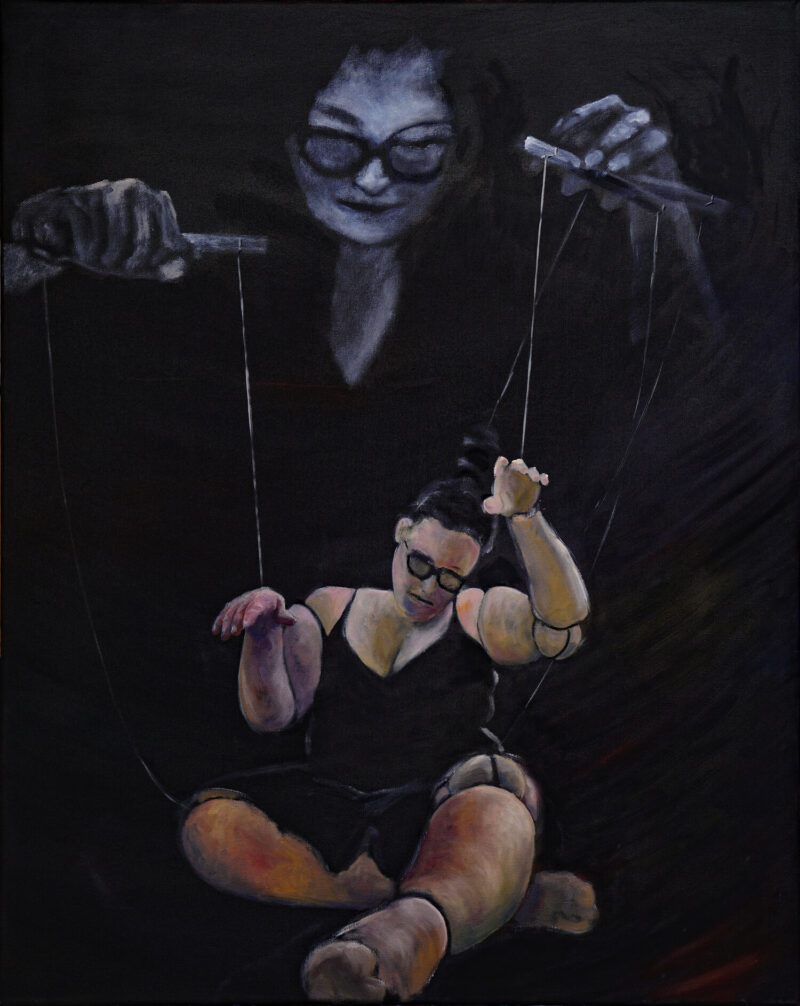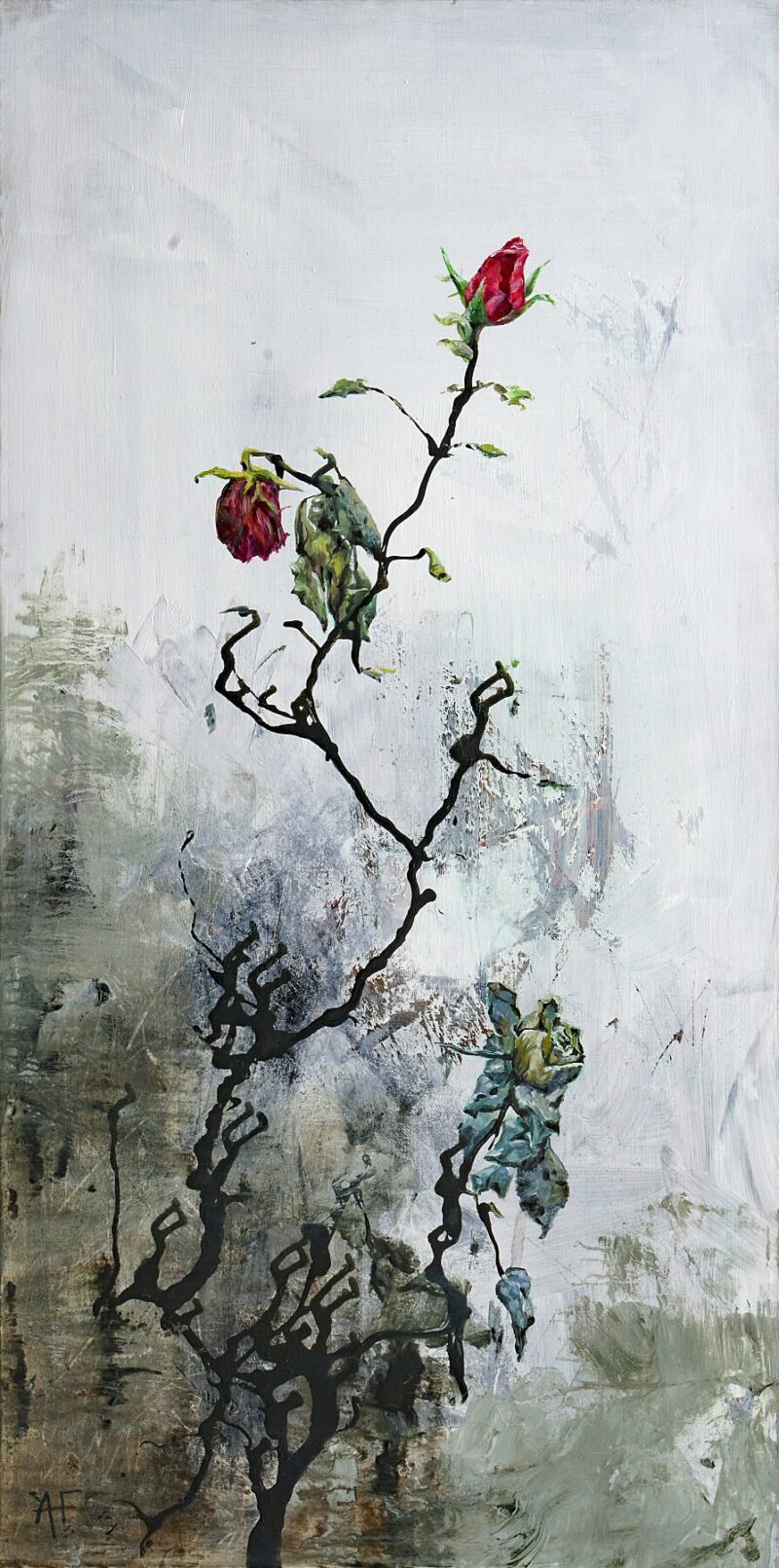About This Interview
In my interview with Andy Farr, I had the opportunity to explore his journey into the art world. Andy shared how personal experiences, including a serious illness, played a significant role in reigniting his passion for art. It was fascinating to hear him discuss the unique power of visual expression, especially how art allows for a different kind of processing than text, enabling viewers to interpret and connect with complex emotions, particularly those associated with trauma.
One of the most compelling aspects of our conversation was Andy’s focus on depicting the aftermath of traumatic experiences rather than the events themselves. He emphasized how the lingering emotions can profoundly impact individuals long after the initial trauma, a perspective that really resonated with me. Andy also talked about how he draws from various art movements like abstract expressionism and cubism, adapting his style to effectively communicate the stories of his subjects.
Andy’s use of metaphor in his work stood out to me as a powerful tool for making complex emotions more relatable. I was particularly struck by how he sees his work process as resembling movements known for breaking down and reassembling reality. This approach, as he explained, helps to zoom in on individual cases and reveal broader realities about mental health and recovery.
Throughout our discussion, Andy emphasized the importance of working closely with his subjects, especially those from marginalized communities, to ensure their stories are authentically represented. I appreciated his commitment to addressing the stigma around trauma and making these experiences more tangible and accessible through his art.
We also delved into Andy’s creative process, where he shared how he balances realism and surrealism in his work to convey the dualities of hope and despair, strength and vulnerability. His techniques for visually representing these internal contradictions were insightful, and it was clear how much thought he puts into ensuring these complexities are felt by the viewer.
Looking ahead, Andy expressed his excitement about exploring new themes in his upcoming projects, particularly the concept of being "seen" and the neuroscience behind how art is perceived. His passion for continuing to raise awareness about mental health issues through his art was truly inspiring.
As we wrapped up the interview, I reflected on the power of Andy’s work to help individuals see their trauma in a new light, both for themselves and for others. His upcoming projects have the potential to deepen this understanding even further, and I’m eager to see where his journey takes him next.
Visit Andy's Website
View more of Andy's art and read about his work.


